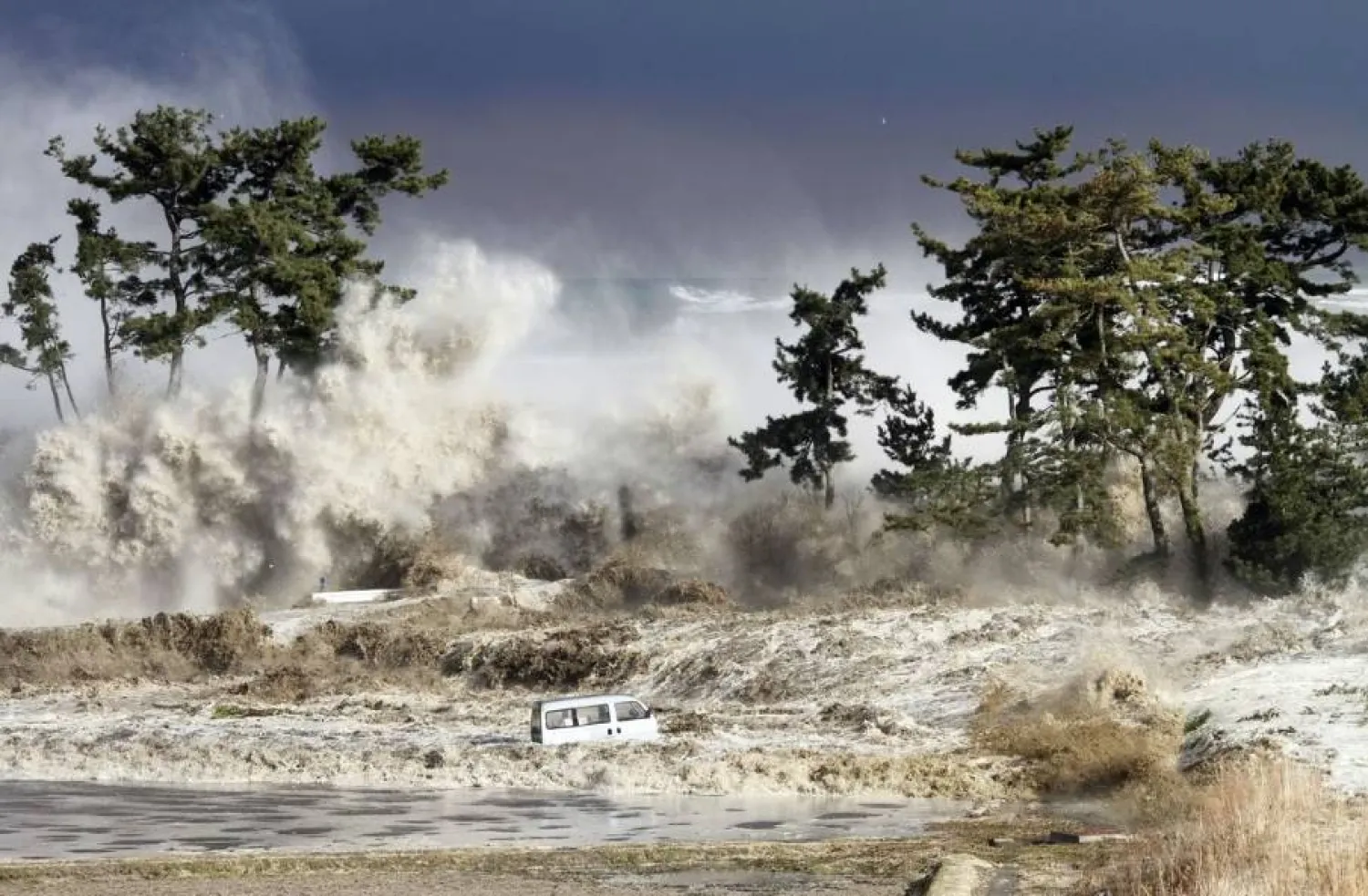The devastation left behind by storm Daniel in Libya has underscored the fragility and decay of the infrastructure in the country caused by years of instability since the ouster of longtime ruler Moammar al-Gaddafi in 2011.
Libyans lashed out at the ruling authorities for neglecting the infrastructure, accusing officials of corruption and squandering the country’s oil wealth during their struggle for power.
Mediterranean storm Daniel caused deadly flooding Sunday in many towns of eastern Libya, but the worst-hit was Derna.
Two dams in the mountains above the city collapsed, sending floodwaters roaring down the Wadi Derna river and through the city center, sweeping away entire city blocks and killing at least 5,100 people. Search teams combed streets, wrecked buildings and even the sea Wednesday to look for bodies.
Political analyst Ahmed Almhadoui said the interim Tripoli-based Government of National Unity (GNU) headed by Abdulhamid al-Dbeibah was “primarily responsible for the devastation.”
In remarks to Asharq Al-Awsat, he explained that the GNU had at its disposal oil revenues that previous governments had never managed to amass.
It should have used these funds to rebuild several Libyan cities that were left in ruins by the conflict, he added.
Moreover, he noted that the several audit reports had accused the GNU of financial mismanagement, adding that prior to heading the GNU, Dbeibah was previously in charge of an agency that was tasked with modernizing infrastructure.
Since the storm disaster, the GNU has dispatched technical teams to assess the damage in Derna. They found that 30 kms of road networks and five bridges were destroyed in the storm.
Meanwhile, head of the Belaady Organization for Human Rights Tarik Lamloum criticized the government of Osama Hammad that was named by the east-based parliament. He also blamed previous east-based governments for the tragedy.
He said they were largely responsible for the devastating consequences of the storm.
He told Asharq Al-Awsat that the Hammad government should have taken precautions such as determining the locations that were most at risk from the storm and evacuating them.
When the government met before the storm hit, it should have turned to experts who could have warned it of the risks at hand.
Neighborhoods located in valleys and near the burst dams should have been evacuated, he added, while noting that the majority of the construction there was unregulated.
Furthermore, Lamloum said the fragile infrastructure has been an issue in Libya for years, even when Gaddafi was still in power.
Everyone is responsible for the disaster, he declared, while noting that east-based governments never lacked the necessary funds to improve the infrastructure, rather they mismanaged the situation.
The eastern and western administrations were solely concerned with amassing their military forces, not construction and catering to the needs of the country, he lamented.
Given the instability and mistrust from both sides, the administrations dedicated their efforts to acquiring weapons and recruiting fighters in anticipation of the next round of unrest, he went on to say.
Political analyst Mohammed Mahfoud rejected the exploitation of the human tragedy to make political gains and trade accusations.
He told Asharq Al-Awsat: “We must acknowledge the reality caused by the political division endured by Libya for years.”
The division has weakened the executive authorities, he added, while noting that crises in the country are addressed through reactions and after victims are claimed, instead of tackling their root cause.
He remarked that in spite of Libya’s wealth, a revision of infrastructure has never been carried out and a center for predicting natural disasters has never been set up.







